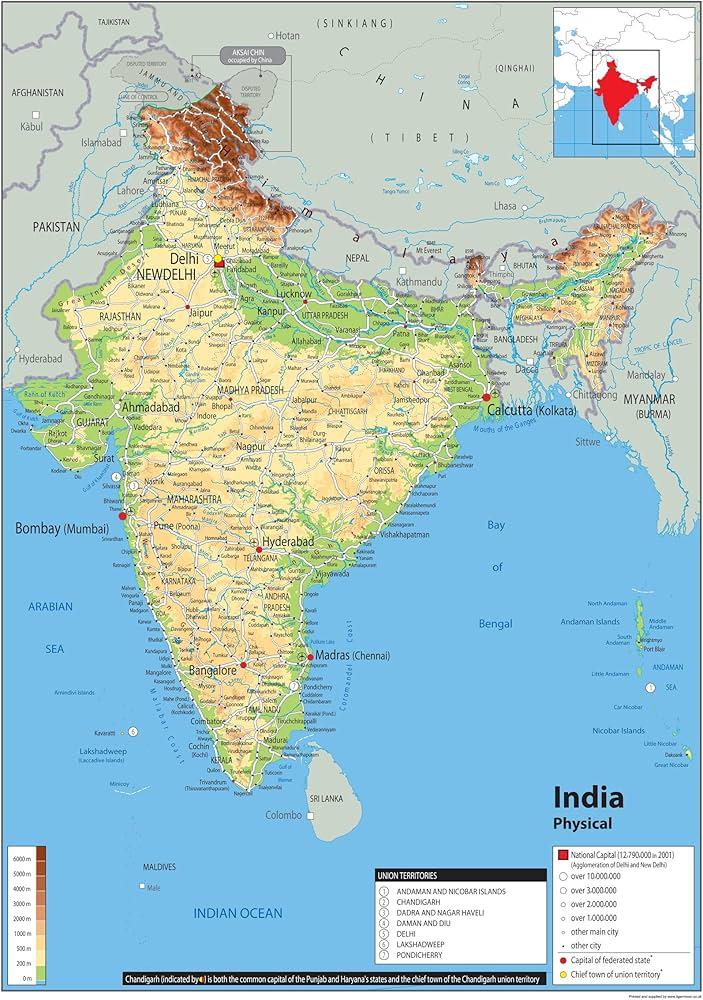India Faces Pressure too Provide unrestricted Market Access to Amazon and flipkart
In a pivotal moment for the Indian e-commerce sector, the government is under mounting pressure to grant unrestricted market access to global retail leaders Amazon and Walmart’s flipkart.As india works towards economic recovery in the aftermath of the pandemic, various stakeholders are considering how tariff reforms could significantly alter the competitive landscape for both local and international businesses. With consumer preferences shifting and digital commerce on the rise,finding a balance between safeguarding domestic enterprises and encouraging foreign investment has become crucial. This article explores India’s tariff policies’ complexities and their potential impact on its rapidly growing e-commerce industry, emphasizing international market access’s critical role in shaping retail’s future within one of the world’s largest economies.
Increasing Pressure on India to Allow Full Market Access for Amazon and Flipkart
The Indian e-commerce sector stands at a pivotal juncture as major players like Amazon and Flipkart advocate for unrestricted market access amid escalating tariff pressures. The government has implemented ample trade restrictions designed to protect local businesses; however, these global giants persistently demand a more open marketplace. Stakeholders are increasingly worried about how these tariff policies might influence competitive dynamics within the market, including:
- Diverse Consumer options: Enhanced access could result in an expanded range of products and services available.
- Impact on Local Retailers: Concerns arise that small enterprises may find it challenging to compete against large multinational retailers.
- Foreign Investment opportunities: Reducing tariffs may attract increased investments from international companies eager to enter India’s market.
The ongoing discussions surrounding these tariffs extend beyond simple trade barriers. Economists caution that prolonged restrictions could deter potential investments while stifling growth within India’s digital economy. The government faces a notable challenge: balancing domestic economic needs with embracing globalization’s undeniable advantages. Key areas of focus among stakeholders include:
| Impact Area | Status Quo | Future Prospects | ||||
|---|---|---|---|---|---|---|
| Consumer Pricing | Tariffs have led to price increases | A decrease is possible with full access granted | ||||
| Status of Local Businesses | The future remains uncertain with full access<td} </tr} tr td<Investment Surroundings<td<Constrained by regulations<td<Potential betterment anticipated through reforms<tr /tbody /table Examining Tariff Effects on E-Commerce Expansion and retail CompetitionThe persistent influence of tariffs in India is reshaping opportunities for key e-commerce players such as Amazon and Walmart’s Flipkart. As governmental measures continue aimed at shielding domestic retailers, competition becomes increasingly complex—forcing multinational corporations to adjust their strategies accordingly if they wish to maintain their foothold in this vast marketplace.E-commerce leaders now navigate an intricate network of regulations, tariffs, along with compliance requirements specific to local markets.This situation poses challenges that may limit growth prospects across one of the globe’s most significant markets. Additionally, as local businesses unite around protective initiatives, they simultaneously invest resources into enhancing their digital platforms so they can effectively compete against larger entities.This includes forming strategic alliances alongside adopting innovative supply chain solutions;sophisticated tactics enabling them direct competition against industry giants.
|




